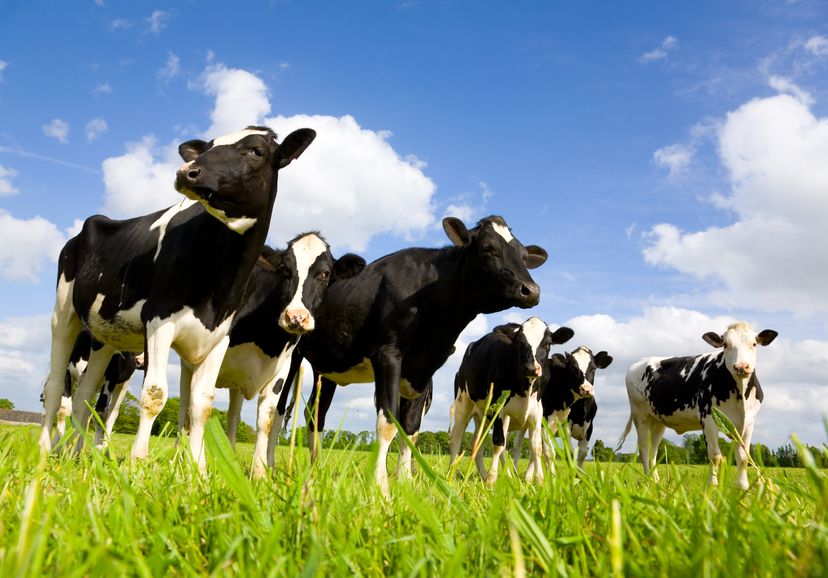
Danish scientists are attempting to develop a new type of grass that's designed to reduce methane emissions from belching cows.
Danish farming emits large amounts of greenhouse gases, which seriously damage the climate.
In Denmark, the cows are among the major culprits, and therefore efforts have focused on changing the cattle feed to reduce the emissions.
In collaboration with the Danish seed company DLF Seeds, researches from Aarhus University are trying to develop new types of grass that are easier for the animal to digest.
The researchers are in the process of developing future sustainable grass species that are more climate-friendly because they are produced using less fertiliser than other types of grass and take up more nitrogen.
In addition, the researchers are working on making the grass easier to digest for cows in order to increase milk production.
It will be easier for cows to break down the grass, if it is less stiff than other types of grass.
This means that the cows have more energy and can produce more milk.
The method for optimising the grass is called 'genomic selection', where a DNA test can quickly tell whether a new variety has the potential for something big.
In other words, genomic selection finds the plants with the best genes and the highest yield potential.
In Denmark, it is expected that with the new super grass, the annual emission of methane from cattle could be reduced with 336,000 tonnes of CO2, equivalent to about 10 percent of the total greenhouse gas emissions from cows in Denmark.
